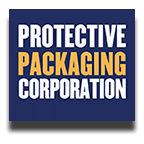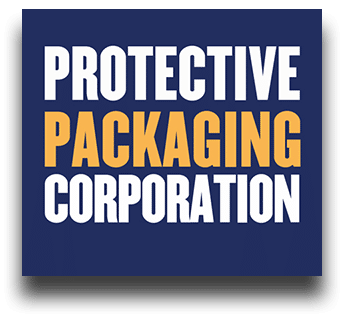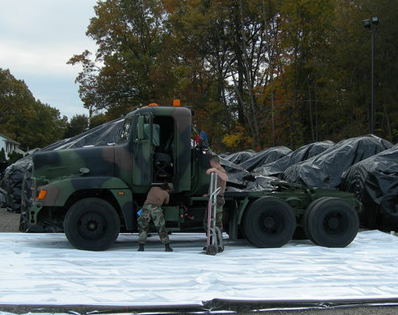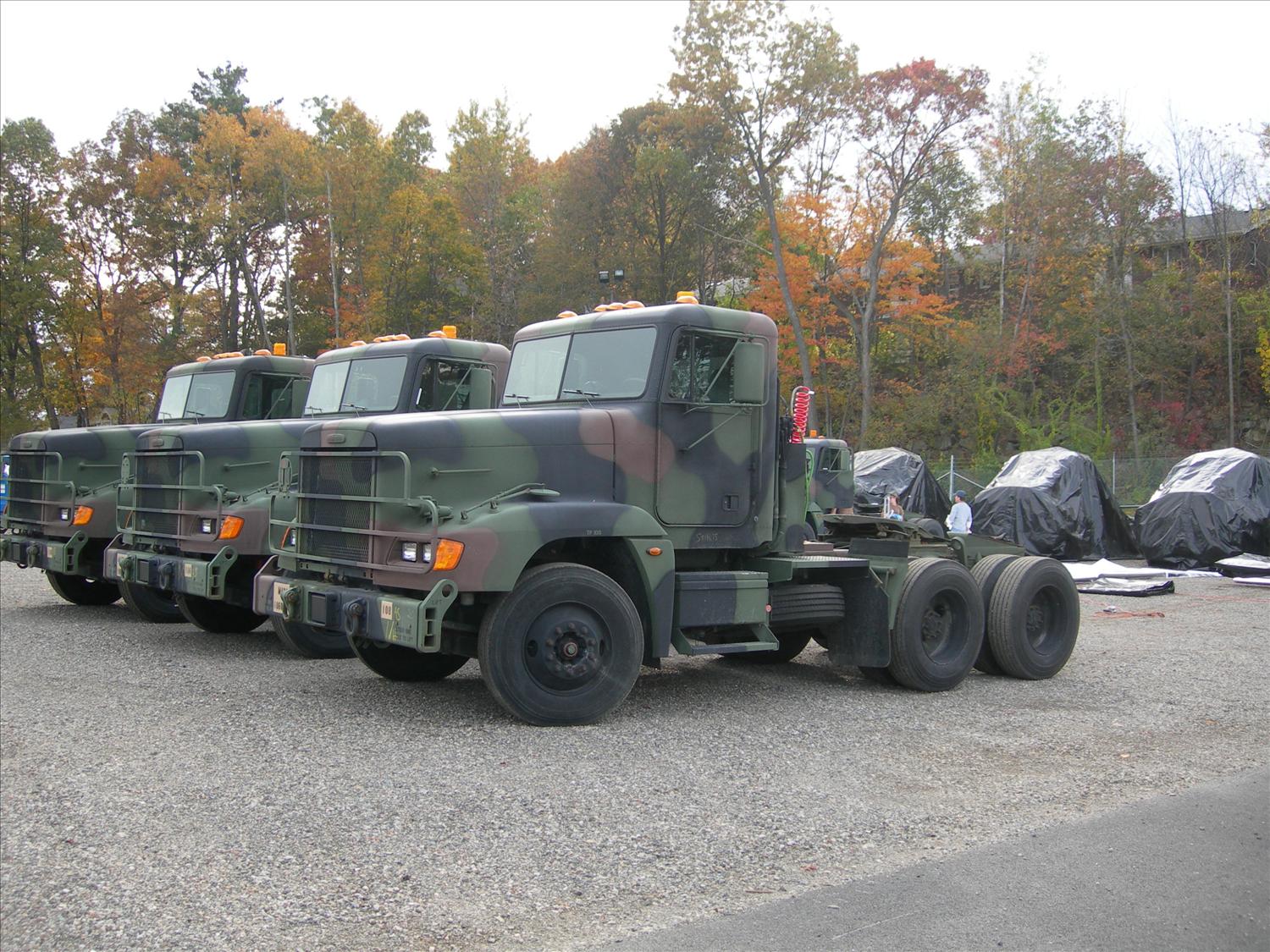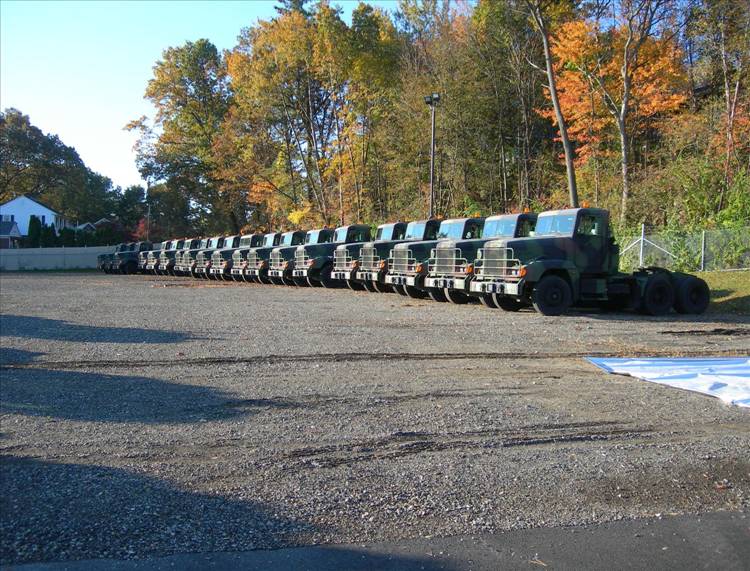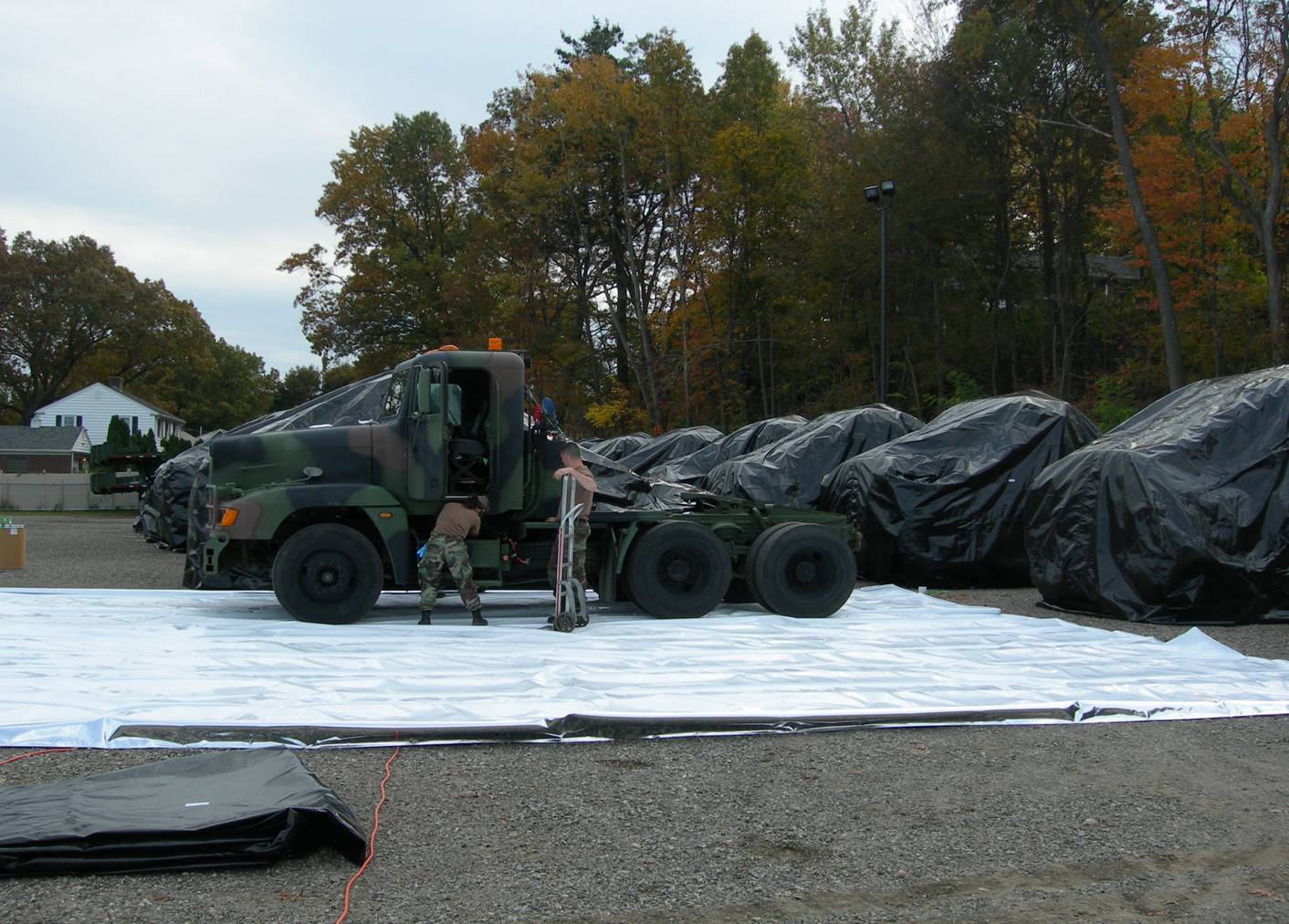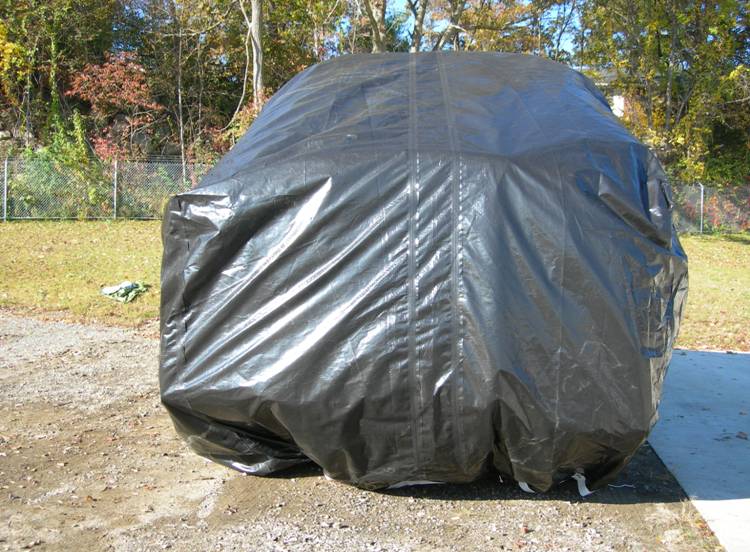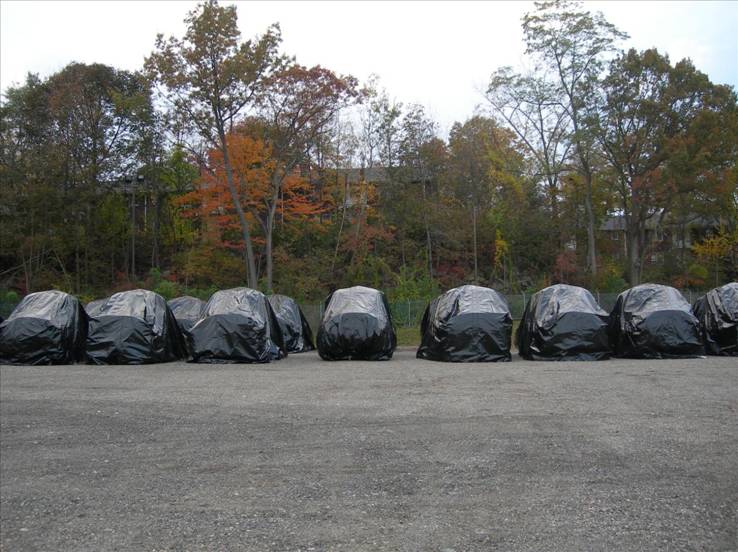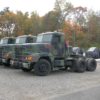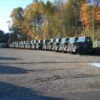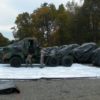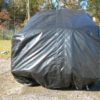U.S. Army Unit Vehicles and Trailer Fleet – Long-Term Outdoor Storage Solution
A U.S. Army unit was deployed overseas. They had 23 five-ton trucks, and 10 trailers assigned to their unit that were not sent with the unit. Therefore, these very expensive vehicles would be left practically unattended for up to two years with very little preventive maintenance, and there was no covered area to place this equipment.
The commanding officer of the maintenance team contacted Protective Packaging Corporation, a flexible packaging converter that specializes in corrosion protection and has over 25 years of experience working with the US military. The MA-ARNG needed a preservation solution that would keep his vehicles rust and debris free through heavy snows and weather conditions that generated high winds.
Protective Packaging’s corrosion prevention specialists assessed the situation and developed a custom solution to meet the MA-ARNG’s needs. The solution included a moisture barrier material, a reinforced heavy duty outer cover, desiccant, and volatile corrosion inhibitor (VCI) emitters.
The team from Protective Packaging sealed each truck and trailer individually in moisture barrier bags of a multilayer material made with durable polyethylene and aluminum foil. They spread out a huge sheet of material then drove a truck onto it. Once the truck was in place, the battery was removed, sharp edges were padded with foam and bubble wrap, and desiccant was placed inside the cab. VCI emitters were placed around the truck to provide a corrosion preventive film, and desiccant was placed between the truck and the material to remove moisture that could cause corrosion or mildew. Then the barrier material was pulled over the top of the truck and sealed from front to back along the side of the truck with a hand held rotary heat sealer. This hermetic seal ensured the vehicle was completely enclosed in an enormous moisture barrier bag.
Lastly, a heavy duty, reinforced, custom made tarp was placed over the barrier bag to give added protection against snow and winds up to 80 mph. The tarp was secured with rope through grommets that were added to the edge of the tarp.
The fleet was stored for two years awaiting the return of the deployed MA-ARNG members. When they returned, the maintenance team removed the protective packaging, installed the batteries, and started each vehicle. The trucks suffered no corrosive damage and were easily driven out of the storage yard with no issues.
Prevention of this sort is often forgotten until the last minute or just completely neglected. In this case, the maintenance team’s attention and the comprehensive solution from Protective Packaging saved the MA-ARNG thousands if not hundreds of thousands of dollars in repair costs. This just goes to show an ounce of prevention is worth a pound of cure.
